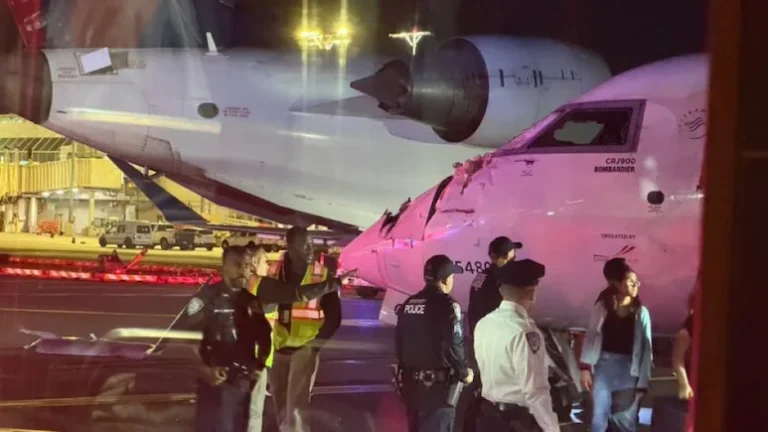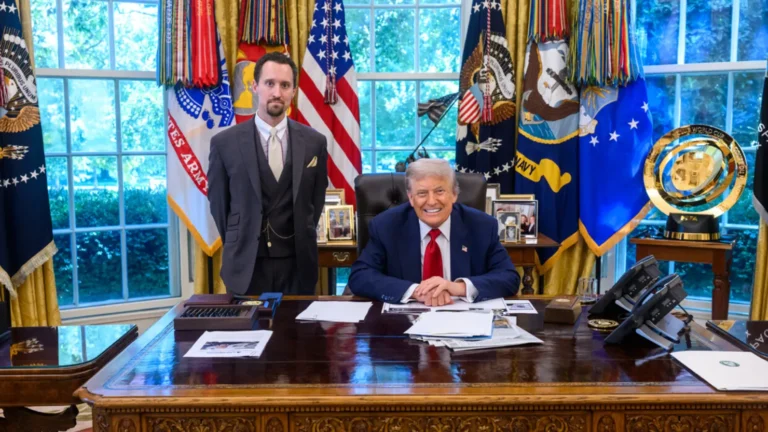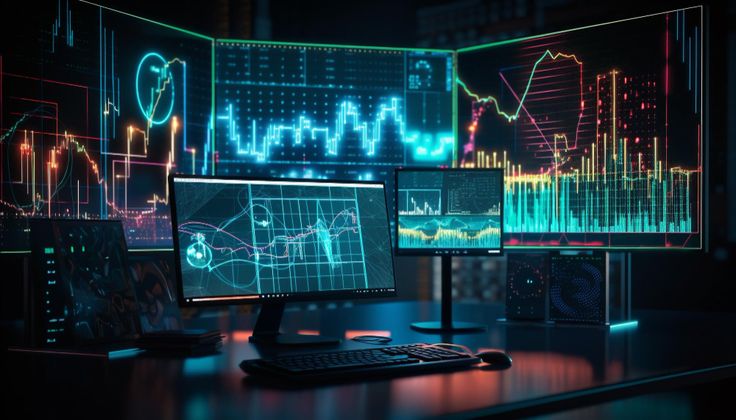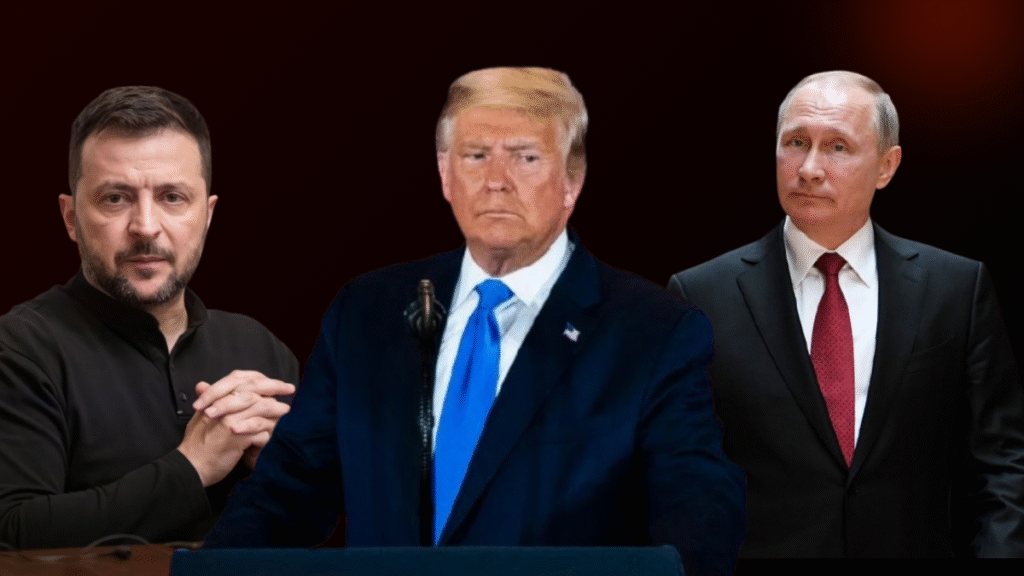
In anticipation of his upcoming discussions with President Donald Trump at the White House, Ukrainian President Volodymyr Zelenskyy met with U.S. Special Envoy Keith Kellogg in Washington D.C.
The meeting highlighted Ukraine’s ongoing diplomatic efforts to secure U.S. support amid a complex and changing geopolitical landscape.
Thank you for reading this post, don't forget to subscribe!During their talks, Zelenskyy highlighted the important role of diplomacy in resolving the conflict, but he also emphasized that the use of force remains a necessary component in compelling Russia to seek peace. He expressed confidence that President Trump has the strength and determination necessary to support Ukraine’s position and strive for a peaceful solution.
The meeting took place against the backdrop of a shift in U.S. diplomatic strategies with regard to Ukraine and Russia. Keith Kellogg, who was previously involved in diplomatic relations with both Moscow and Kyiv, has seen his role reduced in recent months. In his place, the U.S. has been more proactive with envoy Steve Witkoff, who has taken a more direct approach in dealing with Moscow.
Notably, Kellogg has been absent from recent high-level summits, as officials expressed concern that his perceived sympathetic stance toward Ukraine could complicate delicate negotiations with Russia. The shift reflects broader U.S. diplomatic calculations, which seek to balance support for Ukraine and efforts to maintain open communication channels with Moscow.
Prior to his meeting at the White House, Zelenskyy was also scheduled to meet European leaders at the Ukrainian Embassy in Washington. These consultations were aimed at coordinating strategies and ensuring synergy with respect to ongoing support and diplomatic efforts between Ukraine and European countries. By promoting a unified stance, Ukraine hopes to strengthen its position ahead of bilateral talks with President Trump, thereby demonstrating a united front to both U.S. and European partners.
The broader context of the Ukrainian conflict is centered on the volatile and strategic region of Donbass, which includes the regions of Donetsk and Luhansk. These regions have long been focal points of Russian ambitions to increase influence and control within Ukraine. The conflict in Donbass has been ongoing for years, driven by geopolitical tensions and competing interests. Ukraine continues to seek international support to defend its sovereignty and territorial integrity, while Russia’s activities remain a major challenge to regional stability.
As Zelenskyy prepares for his meetings, it is more important than ever to secure strong international support and show a united front in the ongoing struggle to restore peace and sovereignty in Ukraine.
Since Russia’s annexation of Crimea in 2014, the geopolitical landscape of Eastern Europe has become severely destabilized. Under the leadership of President Vladimir Putin, Russia has pursued a deliberate strategy to undermine Ukraine’s sovereignty and territorial integrity.
This strategy has included covert and overt support to pro-Russian separatist militias operating in Ukraine’s eastern regions, particularly the Donbass region, which includes the Luhansk and Donetsk provinces. Equipped with tanks, artillery and other sophisticated weapons supplied by Moscow, these militias have managed to capture and hold key urban centers, sparking a prolonged and bloody conflict that has lasted for nearly eight years.
The fighting has inflicted heavy damage on the region. The ongoing hostilities have claimed more than 14,000 lives and displaced more than 1.5 million residents from their homes. The conflict has devastated communities, torn apart families and created a humanitarian crisis that continues to worsen.
Russia’s influence over the separatist regions extends far beyond military support;
it has strategically issued millions of passports to residents of these regions, creating a form of citizenship that reinforces Moscow’s claim to protect Russian citizens and strengthens its political influence over these regions.
This move has further complicated international efforts to resolve the conflict, as it blurs the boundaries of sovereignty and complicates peace talks. In recent developments, the international community is closely monitoring diplomatic efforts aimed at reducing tensions.
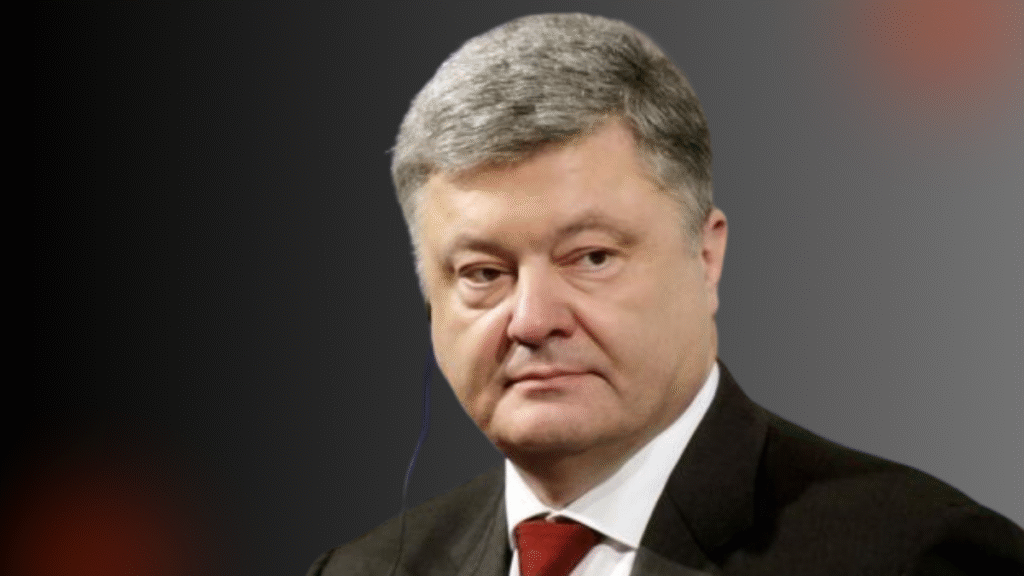
US President Donald Trump recently highlighted an important day at the White House, highlighting upcoming meetings with Ukrainian President Volodymyr Zelensky and European leaders. During these discussions, Trump suggested that Zelensky may have to consider accepting some of Russia’s conditions for peace.
These conditions reportedly include relinquishing control of Crimea—a peninsula that Russia seized in 2014—and abandoning aspirations to join NATO, which Moscow sees as a threat to its sphere of influence. Meanwhile, US diplomat Steve Witkoff revealed that during the recent summit between Trump and Russian officials, Russia had agreed to provide Ukraine with certain security guarantees and territorial concessions.
Although Russia has not yet officially confirmed these talks, indications of potential diplomatic breakthroughs have led to cautious optimism. However, Zelensky has been adamant that any peace deal must include strong security guarantees and the restoration of Ukraine’s territorial integrity, and insisted that concessions such as handing over Crimea are unacceptable.
On the military front, reports coming from Ukraine indicate continued movement and strategic repositioning of Russian troops. Troops are reportedly concentrated near Pokrovsk in Donbass, a sign that Russia is trying to maintain its military edge in the region.
The situation remains tense, and tensions and clashes are likely to continue during diplomatic negotiations amid the persistent threat of renewed conflict. The international community is watching anxiously, recognizing that the stakes are high not just for Ukraine, but also for the stability of the entire European continent.
In recent developments amid the ongoing hostilities, Ukrainian officials have emphasized the strategic importance of several cities located dozens of miles behind the front lines. Despite fierce battles on the front lines, these urban centers remain vital hubs of civilian life and territorial administration, underscoring the resilience of Ukraine’s infrastructure and population centers amid the turmoil of the conflict.
The persistence of these cities as major population centers highlights the complex reality on the ground, where front lines keep shifting and the battlefield extends beyond just military bases to encompass the nation’s social and economic fabric as well.
Overnight, the Ukrainian Air Force released a stark update on Russia’s ongoing invasion, revealing that Russia fired nearly 140 Shahed attack drones in a coordinated attack. These drones, along with various simulated weapons, were reportedly used in an attempt to damage Ukrainian military and civilian infrastructure.
As of Monday night, reports indicated that Russian forces targeted 25 locations in multiple regions, including Donetsk, Kharkiv, Sumy, Dnipropetrovsk, Odessa, and Kyiv. The scope of these attacks underscores Russia’s continued efforts to destabilize Ukraine’s security and spread chaos throughout the country.
In response to these persistent attacks, Ukraine has begun its own defensive measures, launching drone strikes aimed at disrupting Russian supply lines and military installations. Meanwhile, Russia has claimed to have intercepted and shot down 23 Ukrainian drones, claiming that these devices were aimed at strategic areas such as Crimea, the Sea of Azov, the Black Sea, and six Russian regions.
Such exchanges reflect the ongoing retaliatory nature of the conflict, where both sides leverage advanced drone technology to gain tactical advantage while attempting to minimize their vulnerabilities. At the same time, the information landscape is heavily influenced by Russian state media, which has stepped up efforts to undermine Ukraine’s government and European leaders.
This propaganda campaign appears to be particularly focused on shaping perceptions ahead of upcoming diplomatic talks in Washington. Following the recent Alaska summit, Russian propagandists such as Vladimir Solovyov have praised former US President Donald Trump as a “serious, mature politician”, and compared him to Ukrainian President Zelensky and European officials, whom they dismiss as “cartoon-like”.
These statements support Moscow’s broader strategy, which includes spreading discord and questioning the unity of Western support for Ukraine. Analysts believe Trump’s recent statements and actions signal a possible shift towards more pragmatic engagement with Russia. Russian commentators say Moscow appears increasingly willing to cooperate with Washington, perhaps viewing Trump’s approach as a possible way to ease tensions or ensure beneficial negotiations.
These evolving dynamics point to a complex geopolitical landscape, where alliances and rivalries are constantly being reshaped by both military developments and diplomatic messages, complicating the prospects for a quick resolution of the conflict.
In a move that highlights the careful diplomacy and strategic considerations surrounding Ukraine’s leadership, a European official revealed that Ukrainian President Volodymyr Zelensky’s attire was a topic of discussion between US and Ukrainian officials ahead of his upcoming meetings with President Donald Trump.
The talks focused on the importance of presenting a unified and appropriate image during high-level diplomatic meetings. It was eventually agreed that Zelensky would not wear his traditional military uniform for the upcoming meeting, a conscious effort to move away from the wartime image he often presents and adopt a more formal, diplomatic look.
The decision comes after an earlier incident that drew attention to Zelensky’s attire. In February, when Zelensky visited the White House to meet President Trump, he arrived in his military uniform—a gesture that underscored Ukraine’s ongoing conflict and wartime resilience. However, the look did not go down well with Trump, who publicly expressed his displeasure, jokingly saying that Zelensky was “fully dressed.
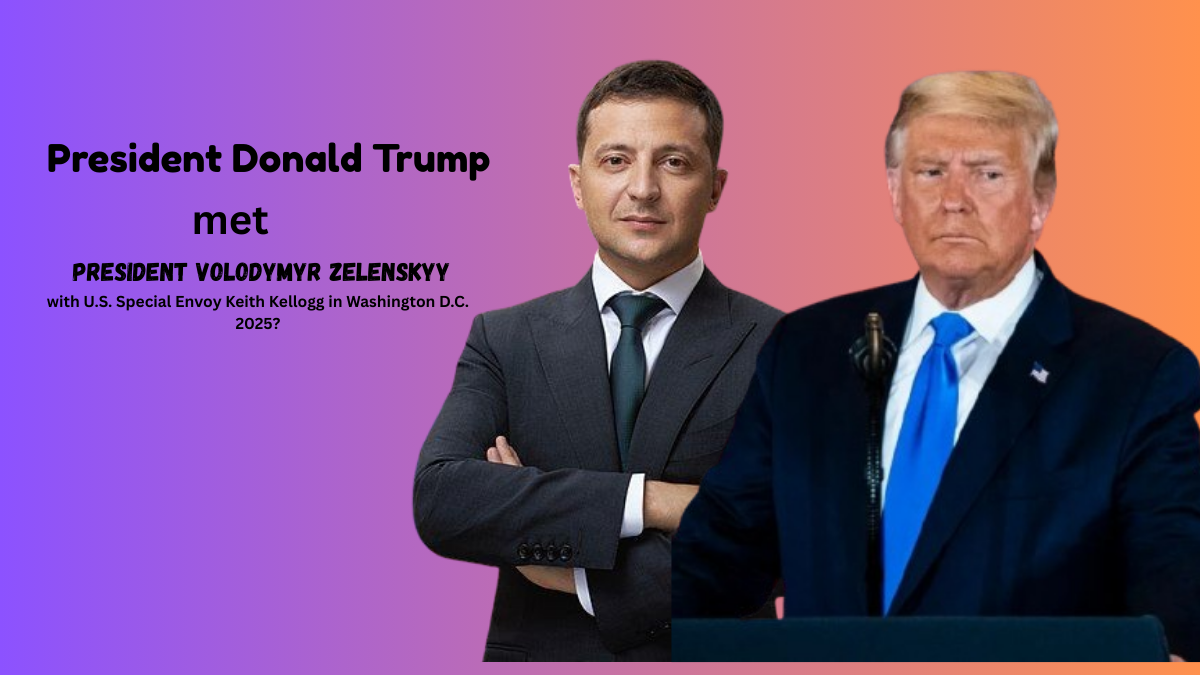
” The comment made headlines in the media and sparked discussions on the nature of military attire in diplomatic situations, especially when negotiating sensitive issues with foreign leaders. During the meeting in the Oval Office, a reporter raised the issue of Zelensky’s attire, to which he responded with humor and firmness. He said he would wear a “dress” once the war was over, signaling hope for a future where the conflict was resolved and normality restored.
The statement had widespread impact, reflecting the president’s optimistic outlook and his commitment to eventual peace in Ukraine. In subsequent meetings—such as at the Vatican for Pope Francis’ funeral and at the NATO summit in the Netherlands—Zelensky chose more formal attire, including suits that communicated a diplomatic tone appropriate for international diplomacy.
These choices reflected a strategic approach to his attire, balancing the need to preserve his national identity and the importance of fostering positive relationships with global partners. Relations between Zelensky and Trump have improved, with some European leaders suggesting ways for Zelensky to better communicate with the US.
Notably, the UK has welcomed the US offer of security guarantees to Ukraine and compared it to NATO’s Article 5—a collective defence clause that emphasises mutual support and deterrence. Such assurances are seen as crucial to bolstering Ukraine’s security and moving forward on the path to peace, reinforcing the importance of strong international support amid current tensions.
During the crucial meeting between President Donald Trump and Ukrainian President Volodymyr Zelensky today, the atmosphere was full of strategic discussions and geopolitical considerations.
According to Ukrainian lawmaker Inna Sovsun, the talks focused more on what concessions Ukraine might be willing to make than on establishing a real and lasting peace. Sovsun, a prominent figure in Ukrainian politics, expressed her view in an interview with CNN and emphasized that the core issue goes beyond mere negotiations and is about the very nature of peace.
Sovsun pointed out that ending the ongoing conflict is not only Ukraine’s responsibility. She stressed that if Ukraine stops unilaterally defending its sovereignty and territory, it would not be an act of peace, but a surrender—an outcome that would undermine Ukraine’s independence and security. For Sovsun, the path to true peace is more than just a halt to military operations; it requires meaningful, long-term agreements with concrete security guarantees from Western allies.
He warned that without such assurances, any ceasefire would be fragile and temporary, which could lead to future escalation of tensions. The Ukrainian MP explained that current discussions seem to revolve around the idea of halting military activities and making some concessions to Russia. This could include recognizing the current front lines as the de facto border, which could lead to a ceasefire.
However, Sovson expressed concern that these talks are leading to superficial solutions that do not address the core issues. He clarified that comprehensive military assistance—such as advanced weapons or increased support that could enable Ukraine to retaliate more effectively—is not currently on the table.
He said President Trump appears reluctant to provide such assistance, which further complicates Ukraine’s prospects for lasting peace. Sovson stressed that without strong security guarantees from Western countries and key international stakeholders, any agreement will be hollow.
He warned that Russian President Vladimir Putin could take advantage of the absence of commitments to resume fighting at any time, dragging Ukraine back into conflict. The risk of repeated cycles of violence underscores his call for a comprehensive approach that combines diplomatic negotiations with concrete security assurances.
Former Ukrainian President Petro Poroshenko expressed similar concerns and cast doubt on Russia’s real intentions in the peace talks. He suggested that Putin is using the talks as a strategic tool to manipulate the process and prolong the conflict, rather than find a real solution. Poroshenko stressed that the ceasefire, while necessary, is only a preliminary step—true peace requires confidence that hostilities will not resume and that Ukraine’s sovereignty will be fully respected.
In conclusion, today’s discussions highlighted a complex balancing act: Ukraine wants peace, but not at the expense of its sovereignty and security. The role of the international community in providing meaningful guarantees remains crucial. Without resolving these fundamental issues, there is little hope for a stable, lasting peace that can withstand future challenges.
As the talks continue, the hope remains that all parties will prioritise real, just solutions rather than immediate concessions that threaten Ukraine’s future stability. He is calling for an immediate ceasefire and the imposition of sanctions if Putin withdraws unilaterally without reaching an agreement. However, the Trump administration’s current approach has shifted towards a comprehensive peace settlement that addresses the broader issues at hand, rather than just a temporary halt to hostilities.
US envoy Witkoff stressed that Russia’s recent concessions and gestures of goodwill have significantly reduced the urgency of a simple ceasefire, indicating that the focus is now on ensuring a lasting solution. This strategy aims to ensure that the conflict is resolved through diplomatic negotiations, leading to a lasting peace, rather than a fragile ceasefire that could break at any time.


